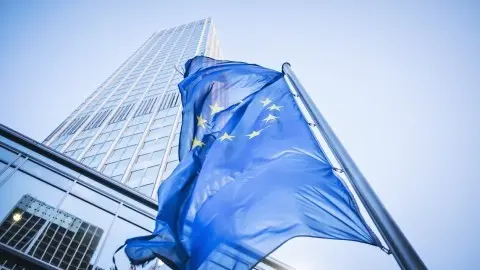ECB: Recalibration, no stepping up of stimulus
The European Central Bank just announced the expected recalibration of its well-known instruments to ensure that the current level of monetary accommodation will continue into the first half of 2022
The ECB just announced a set of new policy measures. These announcements all fall into the category “recalibration” and not “additional easing”. Here are the main elements of what the ECB just announced:
- Pandemic Emergency Purchase Programme: The ECB’s emergency quantitative easing programme will be increased by €500 billion to a total of €1.85 trillion, to ensure that net purchases will last at least until March 2022.
- Reinvestments: The reinvestments of the principal payments from the PEPP purchases will run at least until the end of 2023.
- Asset Purchase Programme: The ECB’s ‘traditional’ QE programme to bring inflation back to target continues to run at €20bn per month, open-ended.
- Pandemic emergency longer-term refinancing operations (PELTROs): The ECB’s emergency funding scheme will be continued into 2021.
- Targeted longer-term refinancing operations (TLTROs): The ECB’s funding-for-lending scheme will be extended by 12 months until June 2022, and the amount banks can get from the ECB was increased to 55% of the eligible loan stock, from 50%.
- Collateral: The easing of collateral rules was extended in line with the extension of the TLTROs until June 2022.
All these steps are real central bank engineering, something ECB President Christine Lagarde called ‘recalibration’ at the October meeting, but no actual stepping up of monetary stimulus. Instead, the ECB’s main aim is to extend the current level of monetary accommodation until mid-2022. The press conference starting at 2.30pm CET will shed more light on the ECB’s current thinking as well as the latest macro-economic projections. Stay tuned.
Download
Download snap
11 December 2020
ECB: December meeting recap This bundle contains 4 articles